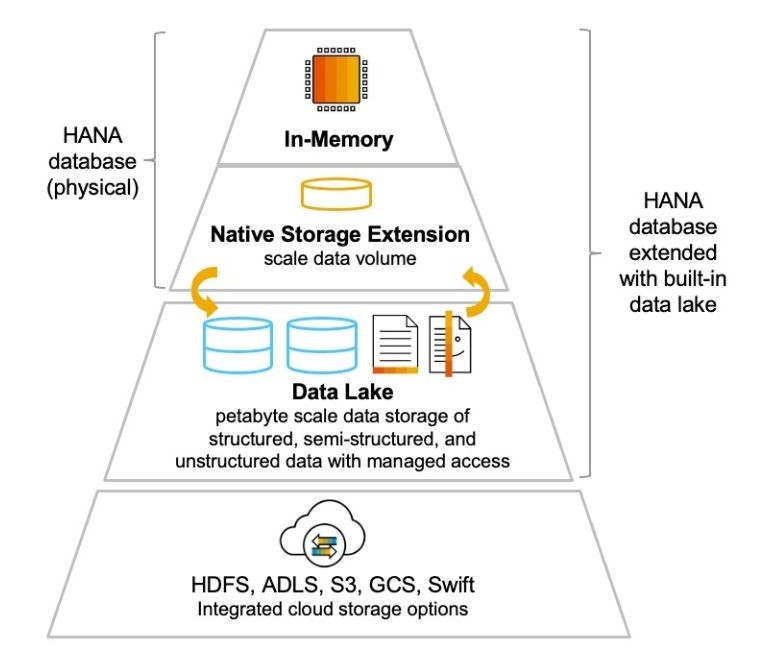Introduction
In the ever-evolving landscape of business, the ability to scale SAP workloads efficiently and seamlessly is a crucial determinant of success. This blog post delves into a pivotal shift that organizations experience when migrating their SAP environments from traditional on-premises infrastructure to the dynamic realm of Amazon Web Services (AWS). We’ll explore how the powerful capabilities of AWS automation and scalability redefine the way SAP workloads are managed, enabling businesses to effortlessly adjust resources, maintain optimal performance, and meet the demands of a rapidly changing landscape.
The Scaling Conundrum
Scaling SAP workloads in traditional setups is often accompanied by complex planning, provisioning, and manual intervention. Predicting and accommodating variable usage patterns can lead to over-provisioning or underutilization of resources, resulting in suboptimal performance or unnecessary costs. AWS introduces a paradigm shift with its automation-driven scalability, enabling organizations to seamlessly adapt their SAP resources to changing demands in real-time.
Agile Resource Allocation with Auto Scaling
AWS’s Auto Scaling offers a dynamic solution to the resource allocation challenge. By automating the provisioning and de-provisioning of instances based on predefined conditions, SAP environments can maintain optimal performance while eliminating the need for manual intervention. This agility ensures that your SAP landscape scales effortlessly during peak usage and scales down during periods of reduced demand, all without compromising performance or incurring excess costs.
Elastic Storage and Database Scaling
SAP workloads often involve demanding storage and database requirements. In traditional environments, scaling storage and databases can involve intricate manual processes. AWS simplifies this with services like Amazon Elastic Block Store (EBS) and Amazon RDS, where storage and database scaling can be automated based on performance metrics. This ensures that your SAP applications have the right amount of storage and database resources at all times, supporting seamless growth and peak performance.
Scaling Beyond Compute
SAP workloads encompass various components beyond compute resources. AWS’s comprehensive approach to scaling extends to networking, load balancing, and content delivery. Amazon Virtual Private Cloud (VPC) allows you to create isolated network environments and scale networking components as needed. Elastic Load Balancing and Amazon CloudFront enable you to distribute traffic efficiently and ensure a seamless user experience, even during sudden surges in demand.
Enabling Innovation through Scalability
As organizations harness AWS’s scalability for SAP workloads, they not only address immediate demands but also set the stage for innovation. The agility to swiftly accommodate new business initiatives, handle unforeseen traffic spikes, and explore new markets becomes a reality. With automated scaling, SAP teams are empowered to focus on strategic pursuits that drive competitive differentiation and deliver enhanced user experiences, all while maintaining the highest levels of performance and reliability.
Conclusion
The transition of SAP workloads to AWS ushers in an era of unprecedented scalability. By harnessing AWS’s automation-driven resources, organizations can seamlessly adjust their SAP environment to match changing demands. The result is not just operational efficiency, but also the capacity to innovate and adapt in a rapidly evolving business landscape. With AWS’s elasticity, SAP workloads become a dynamic asset, capable of scaling effortlessly to meet both present and future challenges.
Whether you are a small, medium, or large enterprise, or a public sector organization, we are your partner with the right skills and experience to help you move your business forward.

